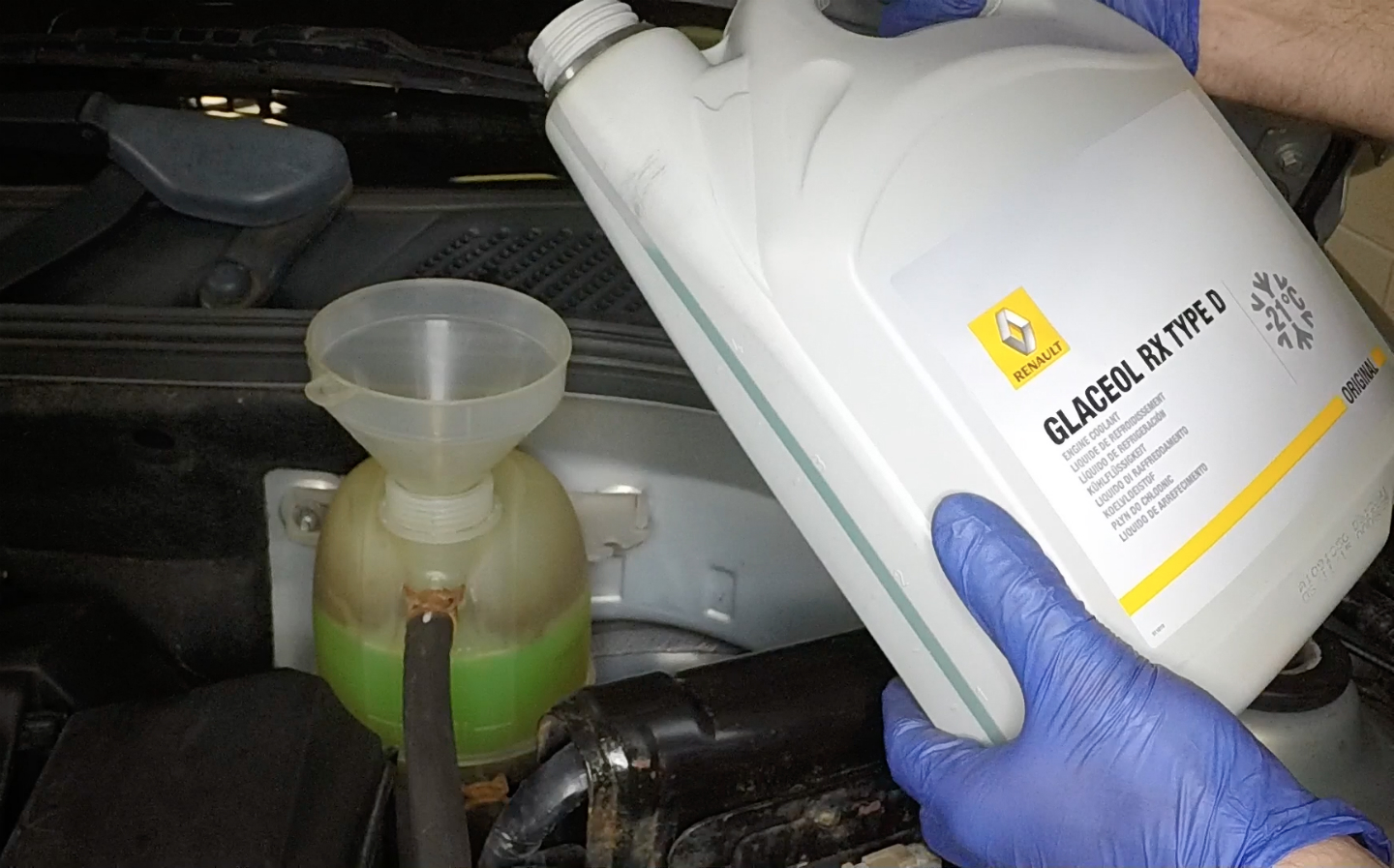Haynes How-to: check and change engine coolant
Stay cool, don't freeze
Sections
- How an engine’s cooling system works
- Why you should change your coolant
- When to change your coolant
- Working safely with coolant or antifreeze
- How much does new engine coolant cost?
- How to change engine coolant, step-by-step
How an engine’s cooling system works
Coolant is an engine’s lifeblood, keeping it at the correct operating temperature, helping it to warm up quickly in cold weather and not get too hot when under stress. And when the temperature plummets to below freezing, if mixed with the correct antifreeze, coolant prevents damage. It performs another important role, too, as it stops corrosion taking place within certain engine parts.
The way coolant works within the engine’s cooling system hasn’t changed much over the past 100 years. The cooling system circulates the coolant fluid around specially designed cavities within the engine block to keep the temperature at its optimum operating point, before being passed through a large radiator, which air passes through, cooling the fluid within the system.
Take a look at your car’s handbook for coolant change intervals, or speak with a service department at a franchised garage, as they will be able to advise on the car maker’s recommended intervals for replacement. Some models need a change every couple of years but others can go for longer.
Why you should change your coolant
Over time, the effectiveness of the coolant fluid in a car’s cooling system deteriorates. For that reason, periodically, the cooling system should be drained, flushed and refilled to replenish the antifreeze mixture and prevent formation of rust and corrosion, which can impair the performance of the cooling system and cause engine damage.
The antifreeze chemicals in the coolant lose their effectiveness, especially if you top up the coolant with water regularly. In harsh winter weather this can lead to the coolant freezing and expanding, which can damage components.
When to change your coolant
Always consult your vehicle’s handbook for recommended intervals, but mechanics often suggest that every two years is a suitable period. If you can’t remember the last time the coolant was changed, and it’s looking cloudy and discoloured, change it now.
Part of a car’s cooling system service involves flushing. If the coolant is changed on a regular basis you may need to flush only once before refilling.
Working safely with coolant or antifreeze
Always wait until the coolant is cold before draining it. Don’t allow antifreeze to come in contact with your skin or eyes or painted surfaces of the vehicle. Rinse off spills immediately with water. Never leave antifreeze lying around in an open container or in puddles on the floor; children and pets are attracted by its sweet smell and may drink it.
Check with local authorities about disposing of used antifreeze. Many communities have recycling sites which will see that antifreeze is disposed of safely. Never dispose of used antifreeze on the ground or pour it into drains.
How much does new engine coolant cost?
Check the vehicle handbook, or with the manufacturer, for the quantity and any recommendation of antifreeze brand. Some car makers suggest only using certain brands, due to aluminium components used within the cooling system. Antifreeze can be bought as a neat solution, which should then be mixed with water according to the vehicle maker’s recommendation, or you can buy it ready-diluted. Prices vary, from around £2.50 for a litre of neat antifreeze, to up to £30 for a car maker’s branded, five litre ready-mixed solution.
How to change engine coolant
Work time
- Up to two hours
Parts and tools that you may need
- Gloves and protective eyewear
- Pan or bucket to collect water
- Floor jack (if necessary)
- Axle stands
- Ratchet and socket set
- Screwdriver
- Rags
- Pliers
- New coolant
- Replacement hoses (if found to be faulty)
Changing engine coolant: step-by-step
Read the vehicle handbook. If needed, refer to the full haynes.com/ondemand service. (There may even be a video tutorial) to see if further dismantling is required
- Make sure the engine is cold, handbrake applied and vehicle is in first gear
- Raise the front of the vehicle on a jack
- Place jackstands beneath the car and lower it into position, ensuring the back wheels have chocks in place
- You may need to remove any underbody shield
- Place a container under the radiator and undo the drain valve (see vehicle handbook for location)
- Flush the system as many times as necessary
- Locate and remove the reserve tank from its holder and drain any coolant remaining, then put the tank back in place
- Replace the drain valve
- Refill the system to the base of the filler neck, with the correct antifreeze
- Follow Haynes’ instructions for bleeding/topping up procedures: you may need to run the engine briefly, then top-up the coolant, replace the radiator cap, then run the engine again until the cooling fan turns on, before checking levels and topping up as required.





